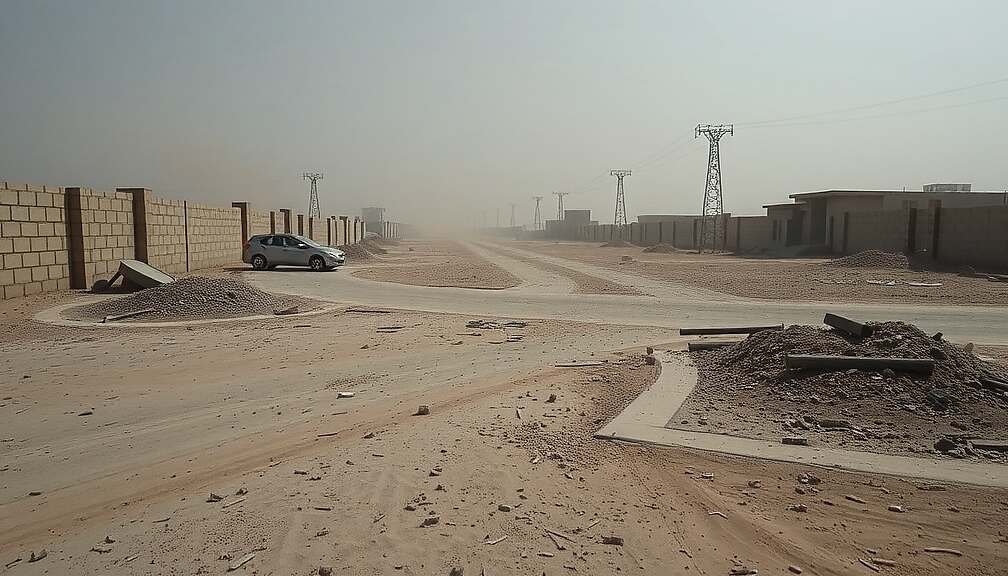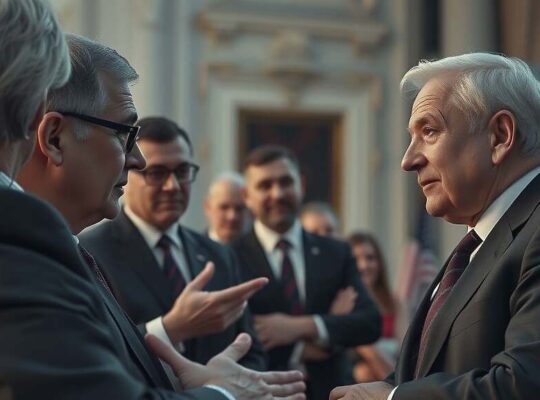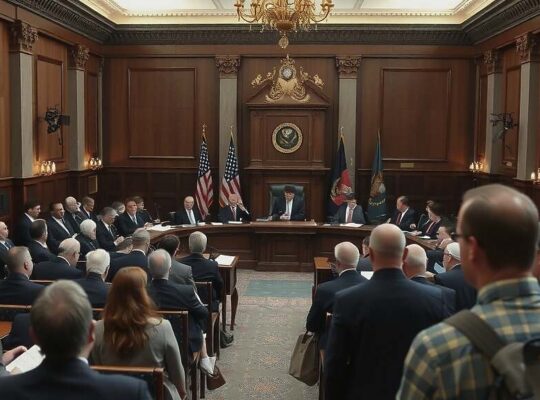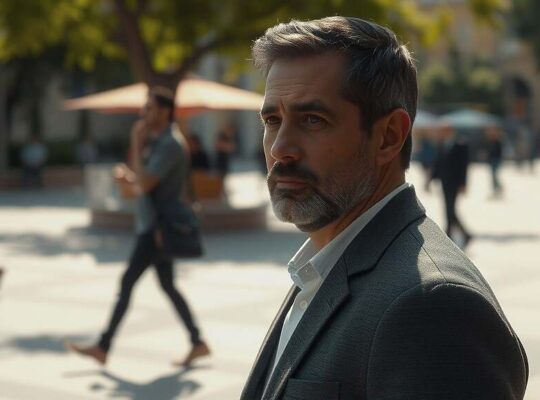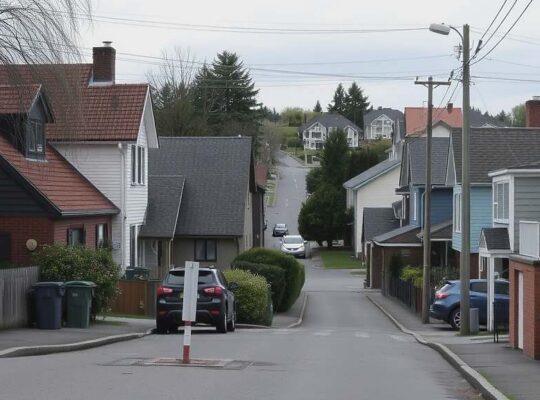The fragile ceasefire agreement for the Gaza Strip, implemented on Friday, appears to be holding, though its long-term viability remains deeply uncertain. Reports from Al-Jazeera indicate a significant influx of Palestinian civilians returning to the northern Gaza region, an area characterized by widespread devastation following months of intense Israeli military operations. This return, facilitated by the initial Israeli withdrawal stipulated in the agreement with Hamas, presents a complex humanitarian and political challenge.
The timing and scale of this return raise questions about the true intentions of various stakeholders. While the agreement’s promise of respite from relentless violence is undeniably welcome, the rapid movement of displaced populations into a shattered infrastructure risks exacerbating the humanitarian crisis, particularly concerning access to essential resources like food, water and medical supplies.
Adding another layer of political complexity, Hamas and other Palestinian factions have aggressively asserted that future governance of the Gaza Strip is an “internal affair”. Their declared intention that any proposed disarmament process-a crucial element of subsequent agreement phases-involves transferring Hamas weaponry to a prospective Palestinian administration is particularly noteworthy. This stance effectively circumvents international oversight and potentially undermines efforts to establish a stable, demilitarized Gaza, raising concerns regarding the potential for future conflict.
The involvement of US President Donald Trump, scheduled to attend a “peace celebration” in Sharm el Sheikh, Egypt, on Monday, underscores the political weight attached to this evolving truce. Trump’s public expectation for the return of hostages still held by Hamas within 72 hours of the ceasefire’s commencement introduces a rigid timeline that could destabilize the delicate balance. The anticipated presence of German Chancellor Olaf Scholz further highlights the role of European powers in navigating the complex geopolitical landscape surrounding Gaza.
This nascent peace, however, should be viewed with measured skepticism. The underlying conditions that fueled the conflict remain unresolved and the potential for renewed violence is significant. The true test of this agreement will lie not in the superficial displays of diplomacy, but in the genuine commitment of all parties to address the root causes of the conflict and to build a sustainable framework for a peaceful future. The stance of Hamas regarding future governance and disarmament represents a significant hurdle that demands careful and critical evaluation.


